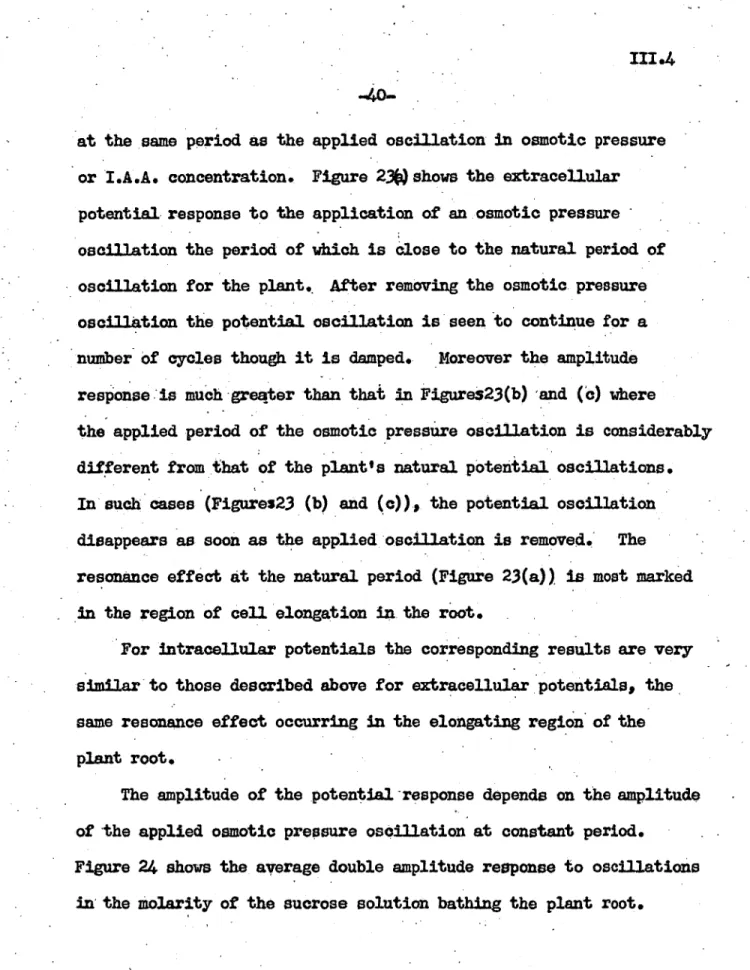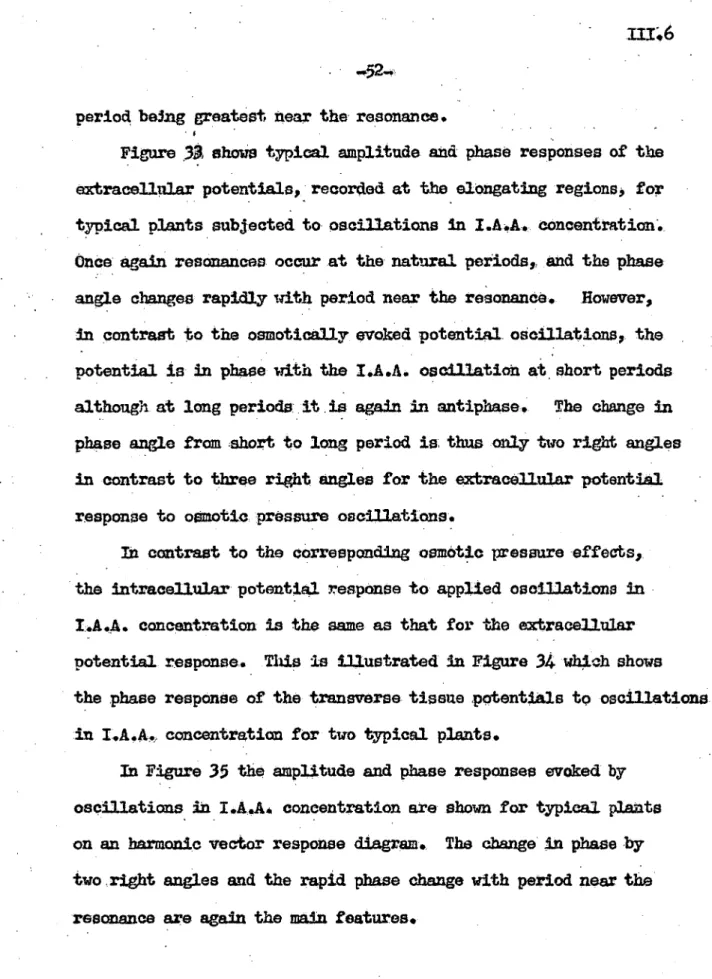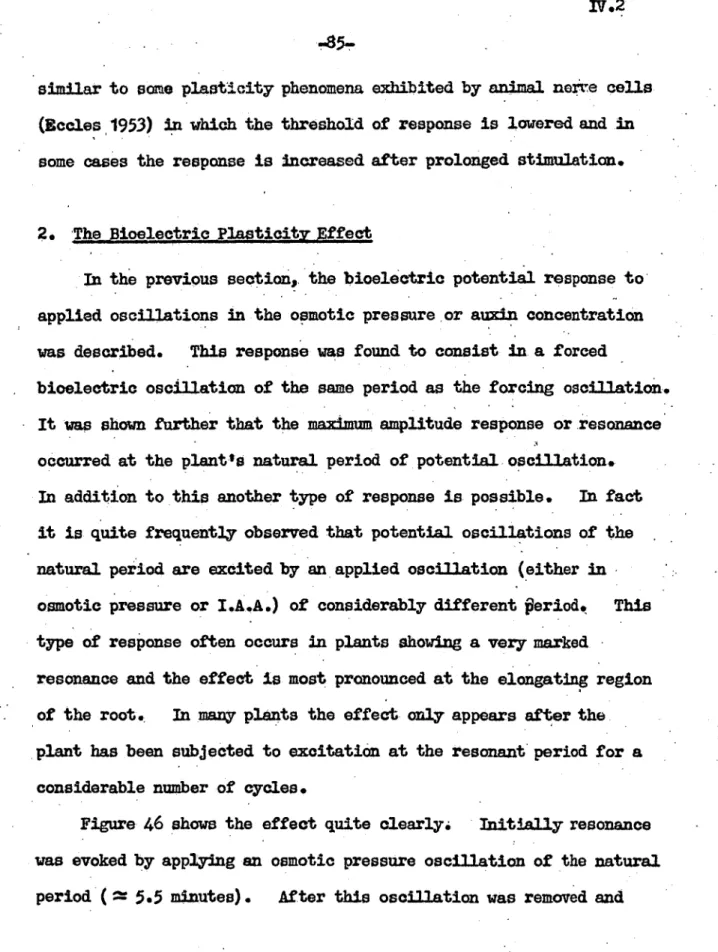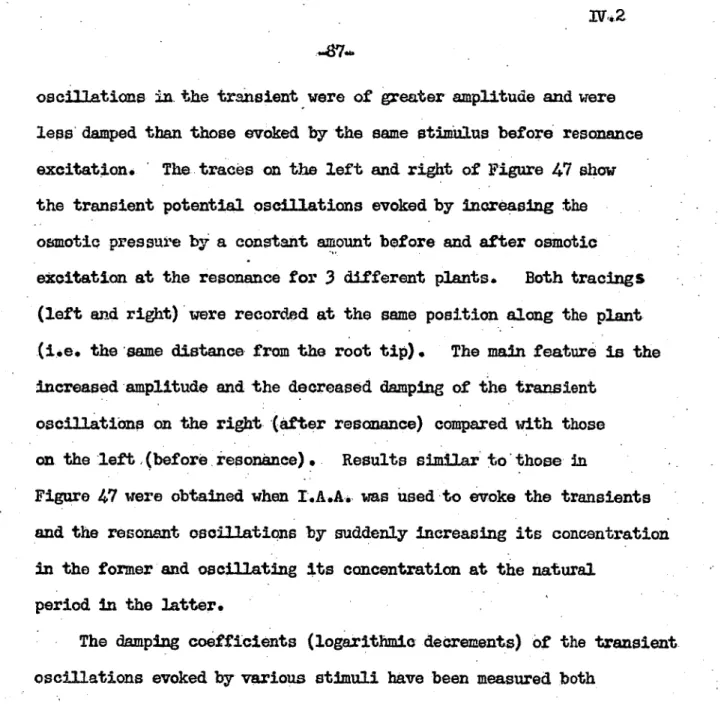Transient and oscillatory bioelectric potentials and their relation to automatic control mechanisms in plant roots
Full text
Figure
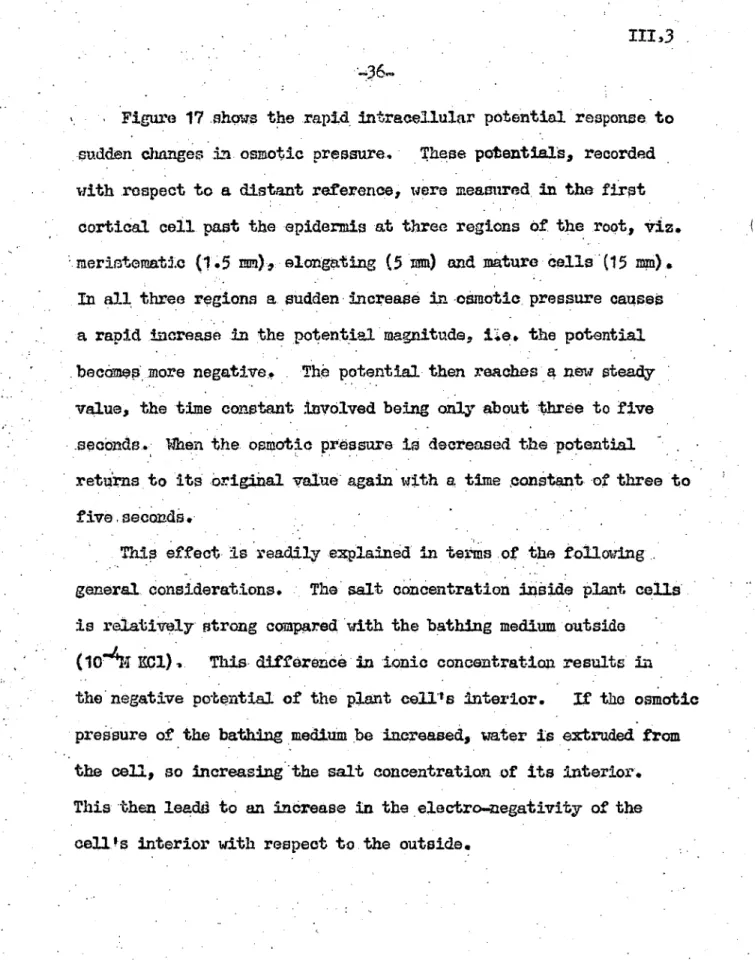
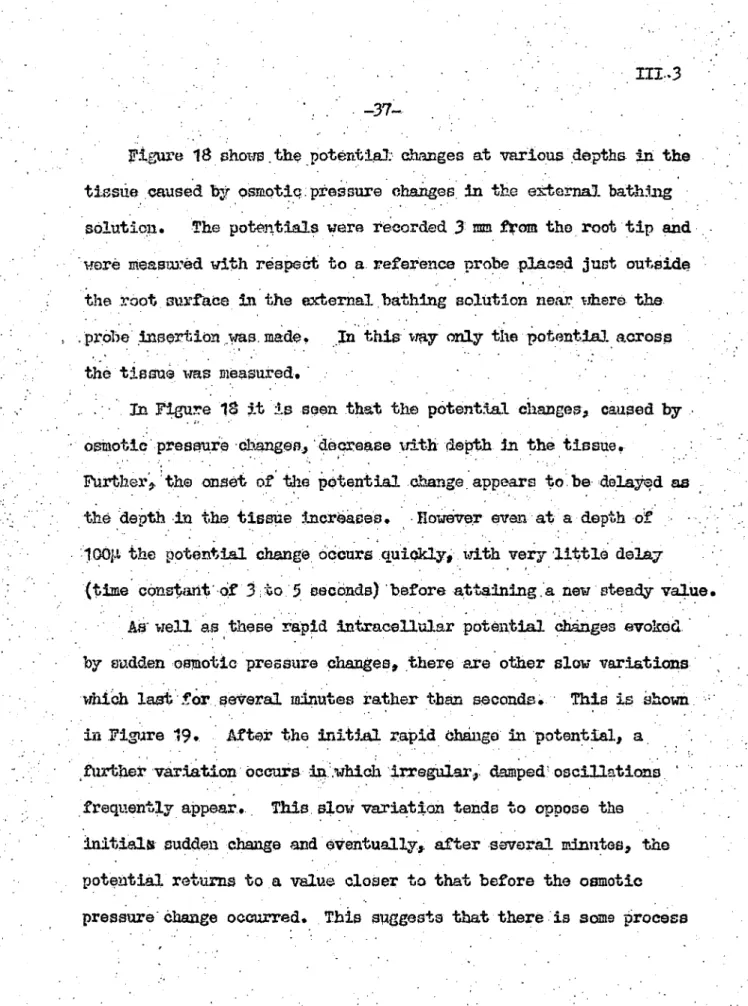
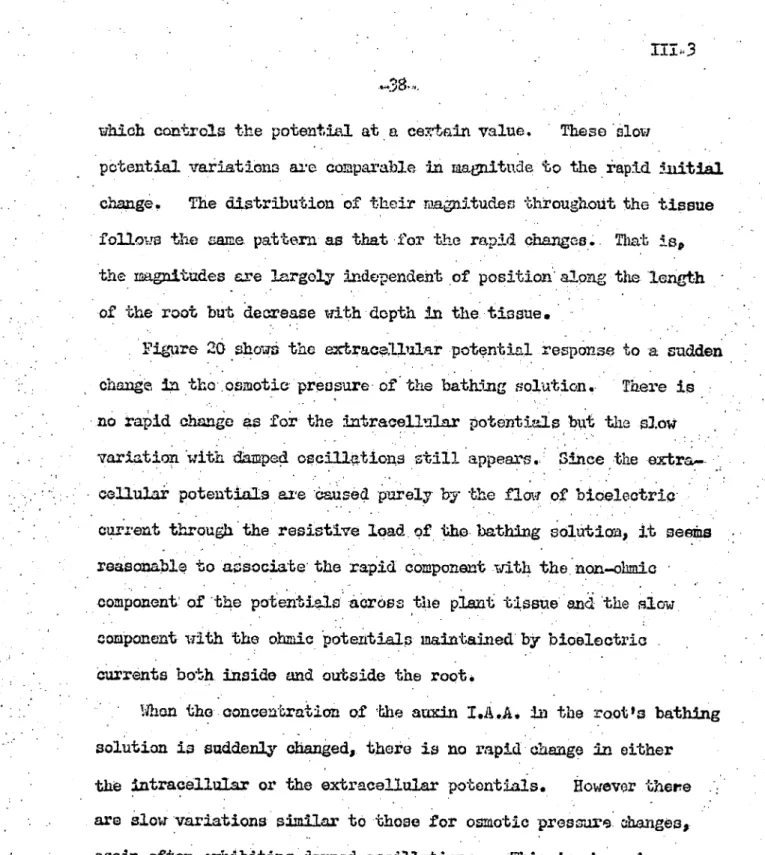
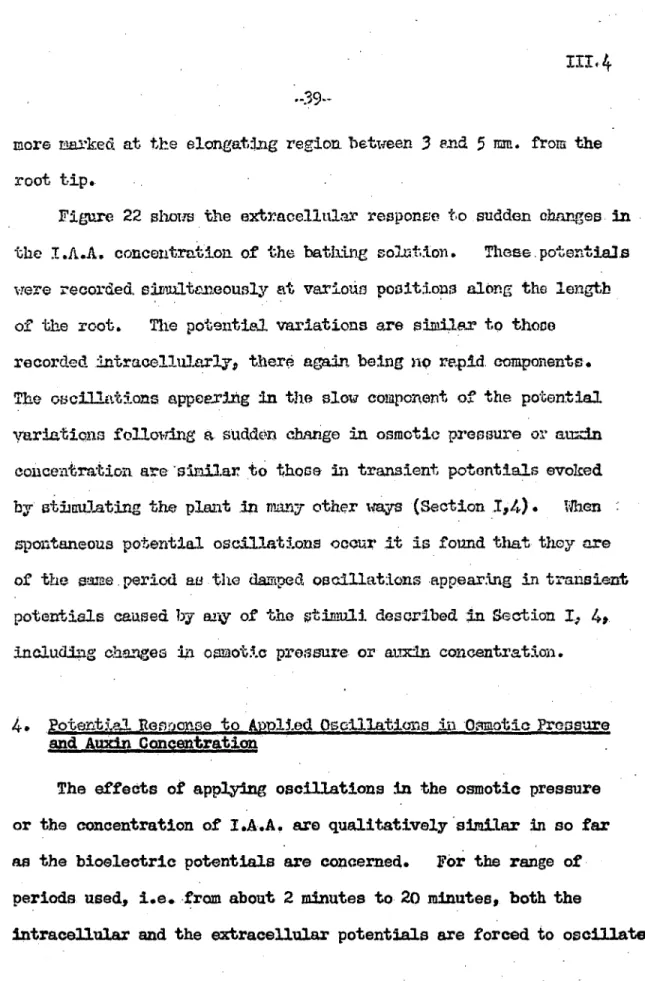
Related documents
Tracings of electrocardiograms (lead V4) in patients with hyperkalemic familial periodic paralysis before and during spontaneous attacks of paralysis and after disappearance of
It can only be stated that, for the Hamilton (CMA) the compact urban form leads to congestion and nitrogen oxide levels which are significantly lower than the magnitudes of
A system of major characteristics indicators for rural household energy consumption includes effective heat consumption/or livelihood per capita per day (EHC), the share
After successfully supporting the development of the wind power technology, an approach is needed to include the owners of wind turbines in the task of realizing other ways, other
Since the knowledge regarding the role of enteroviruses in young neonates with sepsis is lim- ited in our region, therefore, this study was aimed to determine the etiologic agents
Surgical Site Infection Reduction Through Nasal Decolonization Prior to Surgery..
In addition to the carpet itself, you should also check the subfloor for excess moisture as well to make sure that there is no more risk of moisture damage or mold growth in
· Chemicals known to cause reproductive toxicity for females: Substance is not listed. · Chemicals known to cause reproductive toxicity for males: Substance is
